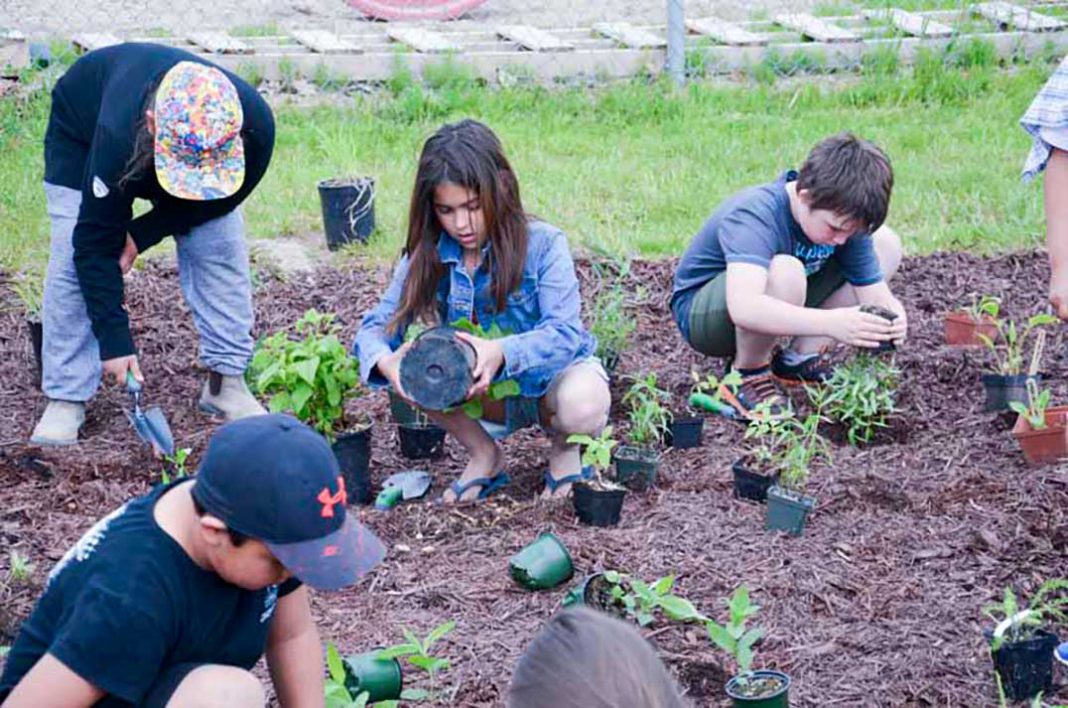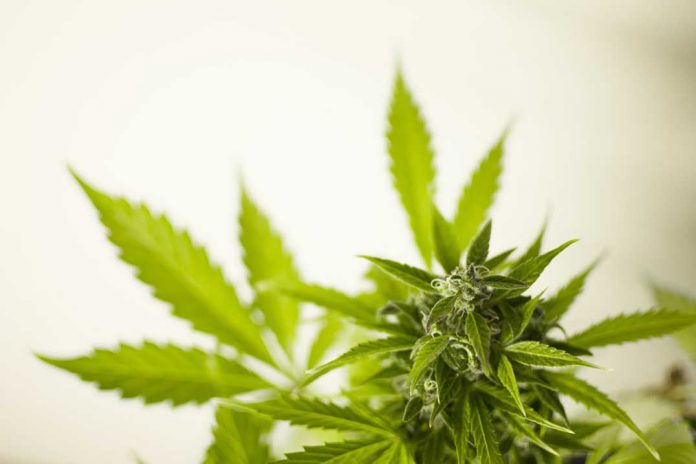Linda Willson of Ice Lake’s Our Garden, which she operates alongside husband Chuc, has a passion for all things gardening—especially dirt.
Earlier this spring, Ms. Willson and fellow gardener Anastasia Eranosova of Tehkummah held several garden planning workshops across Manitoulin Island, encouraging Haweaters to get their hands dirty.
Ms. Willson reminds everyone that what you put into your soil goes into your food, so bear this in mind while getting your soil ready, and that includes compost.
“Compost is one of the best ways to improve your soil naturally,” Ms. Willson adds. “Use organic and local foods in your compost. Keep it pure and free of chemicals and genetically modified organisms.”
She also asks that gardeners beware of glyphosate, or Roundup, and ensure that their soil has never been touched by the chemical that has been linked to cancer.
Ms. Wilson says she “highly recommends” Manitoulin’s own Meeker’s Magic Mix for garden soil and notes that the addition of ‘greens’ and ‘browns’ is also incredibly beneficial. Examples of greens are food scraps, grass clippings, egg shells, garden weeds, aquatic weeds and farm animal manure. Examples of browns are leaves, straw, wood chips, sawdust, dead plants and coffee or tea.
Soil is comprised of four components: mineral matter, at 45 percent; water, 25 percent; air, 25 percent; and organic matter, five percent. The soil’s tilth, or composition, is also incredibly important and should reflect the right composition. If you were to scoop some soil from your garden it should easily make a ball, moist but not too mucky, in your hand.
“Don’t add nutrients to your soil if it doesn’t need it,” Ms. Willson says.
Your soil’s pH is crucial to healthy growing and should also contain the essential nutrients of nitrogen for healthy foliage, phosphorous for strong roots and potassium for hearty growth. Some examples of organic fertilizers are compost, manure, bone meal, blood meal, alfalfa meal, liquid seaweed, dolomitic limestone, chelated iron and commercially prepared blends.
Stop by your local hardware store for a soil pH testing kit to get a sense of your garden’s acidity or alkalinity. Once you know, and if there’s a problem, limestone can be used to raise pH while sulfur can be used to lower it.
When starting a garden, the soil will probably have to be tilled, but do so lightly, Ms. Willson adds. After that, you shouldn’t have to do it again, and only when necessary. Try to choose mulch over tilling, she says, which can include straw (not hay), leaves, shredded paper, cardboard, newspaper, planer shavings, sawdust and wood chips from hardwood.
Now that you’ve got your soil organized, it’s time to think about what form you want your garden to take, be it row gardens, raised beds, square foot gardening or hugelkultur (a permaculture technique).
For beginner gardeners, though, Ms. Willson suggests sticking with your standard row garden or raised beds. If bending over and getting stiff and sore isn’t your favourite thing, Ms. Willson recommends raised beds which can be built to the height you like. Raised beds can be filled with boulders at the bottom, gravel, dead leaves and debris from the bush then a foot of the nice, healthy soil you have prepared. The boulders, Ms. Willson explains, are good for thermal mass, keeping the plants toasty warm on those chilly nights.
When planting, both Ms. Willson and Ms. Eranosova suggest companion planting, which will increase crop productivity, act as pest control and maximize space. Tomatoes and peppers go well with marigold, chives and basil while beans and broccoli enjoy rosemary. Carrots and beans lend themselves well to being planted alongside lavender and sage while cabbage plants grow well with dill and onion. Traditionally, First Nations people have known about the benefits of companion planting for hundreds of years. The three sisters—corn, beans and squash—are a perfect example of this. The beans use the corn as a stalk to grow up high while the beans provide nitrogen and the squash shades out the weeds.
Gardeners must also plan for water.
“You don’t want to use chlorinated water,” Ms. Willson explains, suggesting that rain water is the best option.
Some people will fill barrels full of municipal water, which is chlorinated, then let it sit for a few days until the chlorine is evaporated. This water can then be gravity fed for drip irrigation.
Lastly, pollinators are crucial to any garden’s success as at least 80 percent of our food crops require pollinators to produce. One out of three bites of food depend on pollinators, such as bees, butterflies, flies and hummingbirds. If you’re growing vegetables, plant some pollinators among them, such as black-eyed Susan, allium, hollyhock or goldenrod.





